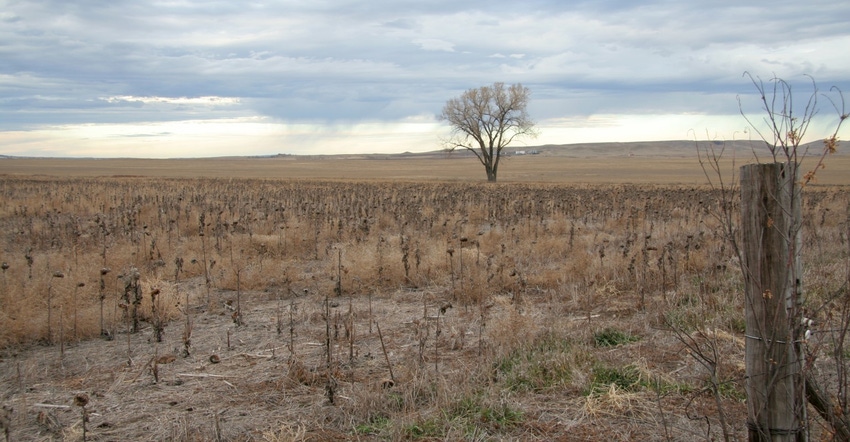Vilsack says disaster payments coming in June
USDA working on simplifying WHIP+ application process for $10 billion in disaster funds available to crop producers.

While testifying before the Senate Appropriations subcommittee on agriculture May 10, Secretary of Agriculture Tom Vilsack says USDA plans to issue disaster payments to crop producers starting in June under the Wildfire and Hurricane Indemnity Program-Plus (WHIP+) for those who suffered losses from disasters in 2020 and 2021.
Sen. John Hoeven, R-N.D., the lead Republican on the ag appropriations subcommittee, questioned Vilsack on the status of the $10 billion in agriculture disaster assistance, which includes $750 million for livestock producers and $9.25 billion to aid row crop producers who suffered losses due to droughts, hurricanes, wildfires, floods and other qualifying disasters in calendar years 2020 and 2021.
Vilsack says USDA will provide row crop assistance using existing crop insurance data in a two-phase process, beginning this spring. Vilsack says USDA is in the process of finalizing work that will allow the agency to prefill the application for those who would benefit from WHIP+ rather than requiring producers to fill out roughly 250 questions, and instead fill out just a handful of boxes.
In addition, USDA began sending phase-one Emergency Livestock Relief Program assistance to ranchers last month, with payments set at 75% of producers’ 2021 Livestock Forage Program payment. Phase two will begin later this year.
Already $560 million has been sent to producers during the first tranche of those payments. The additional $190 million will be available for producers who may have more shallow losses or didn’t qualify for the first round of livestock assistance payments, Vilsack says.
At the end of April, Hoeven held a roundtable discussion in North Dakota to review the impacts of severe weather on North Dakota’s livestock producers. Calves under 250 pounds are not fully covered for losses, but Hoeven says the spring blizzards can often hit younger calves the most.
Hoeven raised concerns on this and how USDA can ensure the Livestock Indemnity Program national payment rates reflect actual market rates and cover losses due to eligible diseases. Hoeven says he’s heard from producers about concerns about the LIP payment rate for calves under 250 pounds, along with uncertainty regarding coverage for losses due to diseases, like pneumonia, that develop from the disaster but don’t manifest themselves until later.
Related: USDA to send livestock assistance checks soon
Sen. Jerry Moran, R-Kan., also indicated challenges with a wildfire burning 160,000 acres of grassland, forage and sorghum outside of the normal grazing period that did not meet disaster qualifications. Vilsack says USDA is developing a list of non-covered disasters to help provide resources to those areas such as Kansas.
Moran asked if USDA would need additional funding for ad hoc assistance. Vilsack responded that the problem with the current disaster programs is they are designed as one-size-fits-all programs. “The reality is we’re now learning that there are multiple types of disasters in multiple different areas involving multiple commodities and in multiple different ways,” Vilsack says.
He says as Congress continues to evaluate disaster assistance, it is “important and necessary to allow enough flexibility and resources to try to tailor the disaster assistance to the actual disaster as opposed to having a one-size-fits-all.”
More resources is good, but Vilsack states, “Let’s make sure it’s flexible enough to use for multiple disasters.”
About the Author(s)
You May Also Like



.png?width=300&auto=webp&quality=80&disable=upscale)

